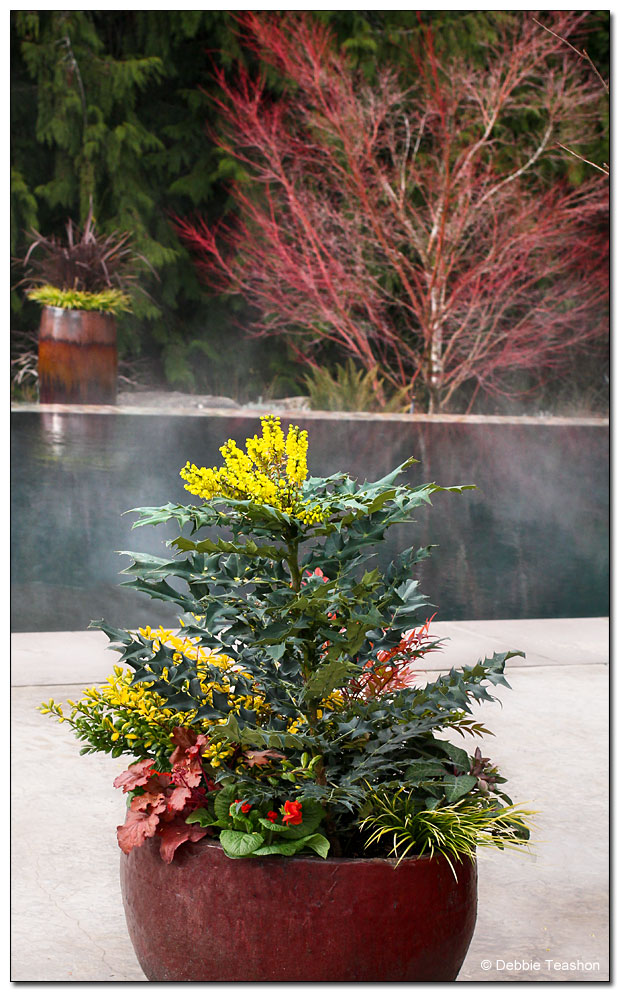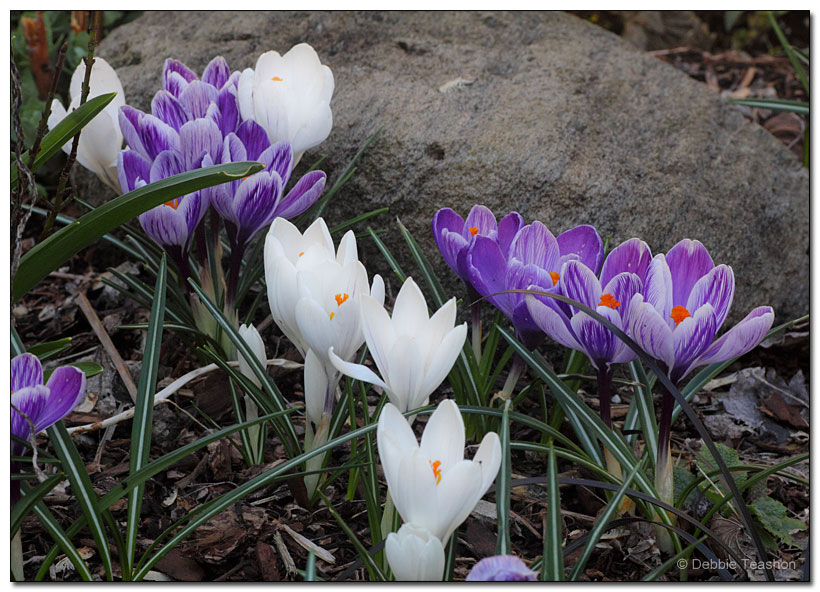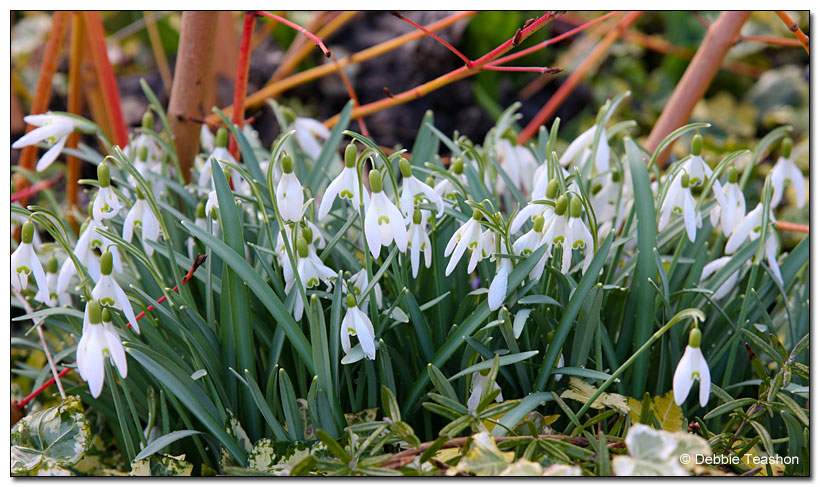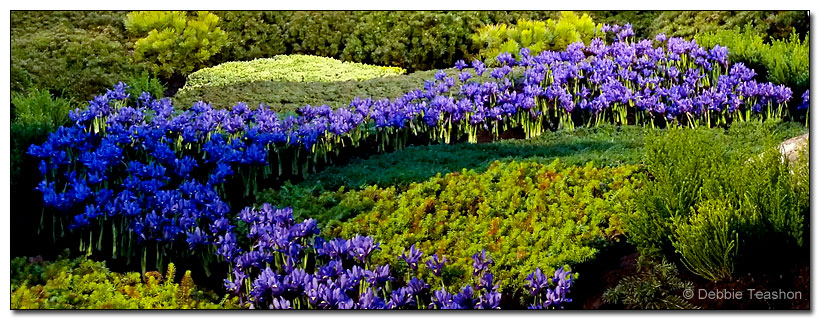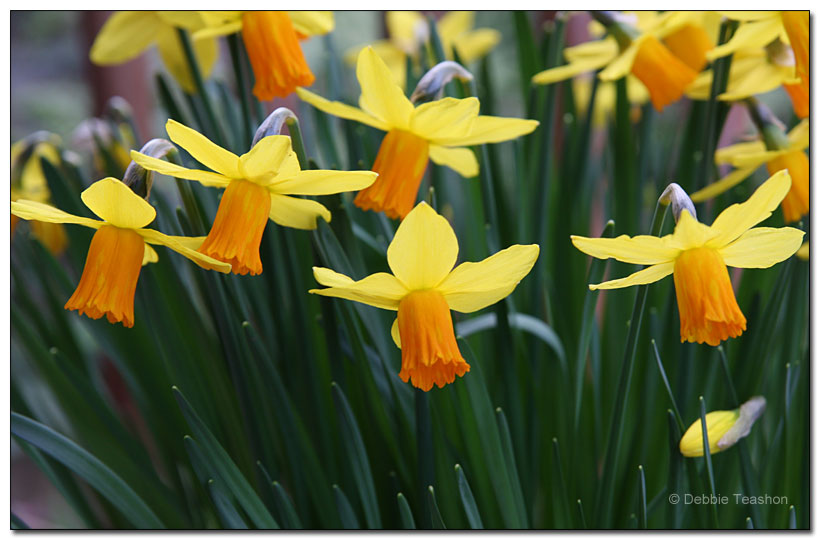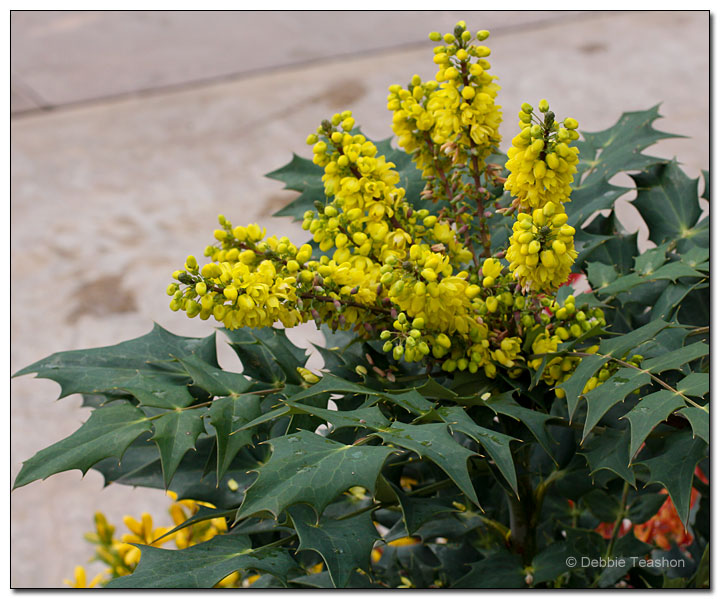Scents and sensibilities — the fragrant winter garden
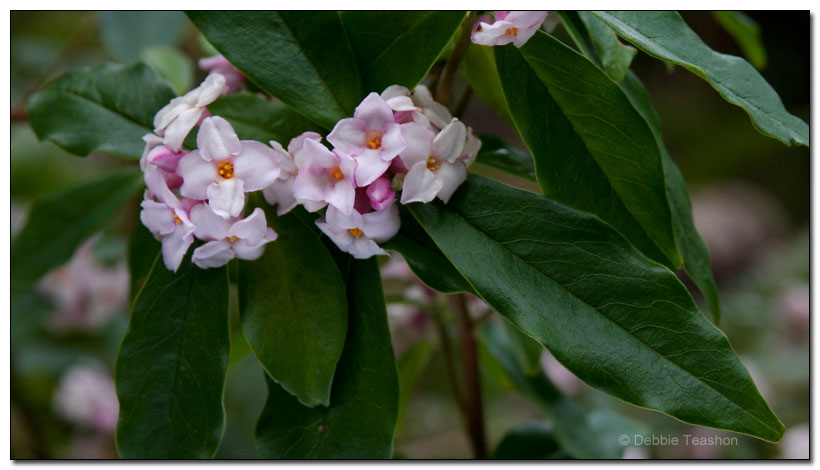
Winter is a fickle old friend to gardeners. It is time to remove the tools and get some rest from the growing seasons. The summer abundance of plant material is now sleeping beneath the earth. The annuals completed their life duty of growing, flowering, and setting seeds. Now it is time to hunker down in the darkness, read a good garden book, peruse the garden catalogs, and visualize spring landscapes while the garden sleeps.
Still, you miss the warm days when the flowers cheered you as you worked in the garden. Gone are the bright petals of summer bounty and the fragrances that drifted lazily under the warm sun’s rays. In winter, many plants vanish underground when the sun disappears behind endless clouds. The color fades, and all that is left is a dreary, barren landscape.
It does not seem right that this is the season when you have more time to enjoy the garden, yet there is little out there to appreciate. However, there are signs the garden is waking up. If you planted for winter fragrance, you already enjoy the soul-stirring experience of walking outside on a mild, midwinter day when a delectable sweet whiff of spring greets you.
If you have not planned a winter garden, it is time to be inspired to design one that includes flowers that give fragrance this time of the year. Some plants fill a garden with a sweet aroma, while others may require you to get up close and personal to enjoy their fragrance.
Bulbs
Some spring bulbs make their debut in January and February.
Crocus requires you to get your nose close to capture its fragrance. Planting on top of an eye-level rock wall or merely picking a flower to hold will be easier than getting down on your hands and knees to reach it. Netted iris (Iris reticulata) will show off its tepals, falls, and delicate fragrance. Meanwhile, the snowdrops (Galanthus spp.) will open their snow-white blossoms. All three of these early birds are fragrant. When planting the small bulbs, plant them in large clumps for showier results.
Toss some fragrant early daffodils into the winter garden plans. Many are fragrant, including Narcissus ‘Jetfire,’ which begins to bloom in late winter. Not only will this cyclamineus daffodil cheer you out of the winter doldrums, but the flowers also make you believe spring has sprouted.
Plant the bulbs in clumps of 25 or more for the best impact.
Trees and Shrubs
Trees and shrubs offer some excellent winter fragrances as well. First on the list are witch hazels (Hamamelis). Cultivars and species of this bewitching winter flower can provide color and fragrance.
Witch hazel
Hamamelis x intermedia ‘Arnold Promise’ has fragrant flowers made of one-inch-long, yellow petals with a burgundy calyx cup. H. ‘Jelena’s flowers are not only fragrant but have two-tone, yellow-to-red blossoms. Some of the cultivars and species in this genus have great autumn colors, such as H. ‘Winter Beauty’ and ‘Diane’ showing off their orange-and-red fall color. Plant this genus in the winter garden — it will be one of the first flowers to offer fragrance in the new year.
Wintersweet
Another scented shrub for January and related to the witch hazels is wintersweet (Chimonanthus praecox var. lutea). The shrub will not win awards for handsome good looks, yet its sweet fragrance provides a great reason to introduce it to your winter garden. The scent of the yellow flowers will linger in a large garden area on a calm day. Cut some branches to bring inside to sweeten the air in your home.
Viburnum
If you believe winter is dreadfully dull and void of flowers, meet the winter-flowering viburnums. V.’ Charles Lamont’ blooms in the dead of winter when other plants dare not flower. The extraordinary fragrance, another reason to grow it, attracts pollinators in the winter. You will enjoy the benefits of its need to propagate itself.
Viburnum ‘Dawn’, sometimes called ‘Pink Dawn,’ looks similar to ‘Charles Lamont’ but blooms in November, while the other waits until January when both will be in full flower power. Both have dark-pink buds that open to pink flowers that fade to white. The two shrubs are tough to tell apart. Cut the branches and bring them indoors for fragrant winter bouquets.
Mahonia ‘Charity’
Mahonia x media ‘Charity’ has a lily-of-the-valley fragrance and flowers from November through winter. The shrub is perfectly hardy here; however, a hard frost can damage the flowers. During mild winters, the flower show is perfect. Under a canopy of evergreens that give light shade and overhead protection, the flowers will sail through many winters unscathed.
Another mahonia cultivar of note is ‘Arthur Menzies.’ The resident Anna hummingbirds love these tall shrubs with spikes of scented, yellow flowers. Plant them to view the little hummers taking advantage of the winter flower’s nectar.
Winter honeysuckle
The shrubby winter honeysuckle (Lonicera fragrantissima), best known for its incredible, sweet-honey scent, is another consideration for your fragrant winter garden. The shrub is nothing special to look at — it gives an olfactory treat, not a visual one. To make the bush visually palatable, grow a small clematis vine nearby and let it use the honeysuckle bush as scaffolding to climb on.
Daphne
A winter garden is not complete without the winter-blossoming daphnes. With an outstanding winter fragrant flower, Daphne bholua is one of the best. This species once had a reputation for not being hardy; however, it is rugged enough to thrive in this region.
The plant has an open, upright habit and makes a quiet, green backdrop for the garden for most of the year. By midwinter, the white or pink flowers stand against the wavy, deep-green, evergreen foliage.
Plant a fragrant winter garden to lift your spirits from the gray winter days. Your soul will thank you.
Photos were taken in Debbie Teashon’s garden, except for the Galanthus photo in Wendy Tweten’s garden and Iris reticulata at the Northwest Flower & Garden Festival. Mahonia container designed by Christina Salwitz.

